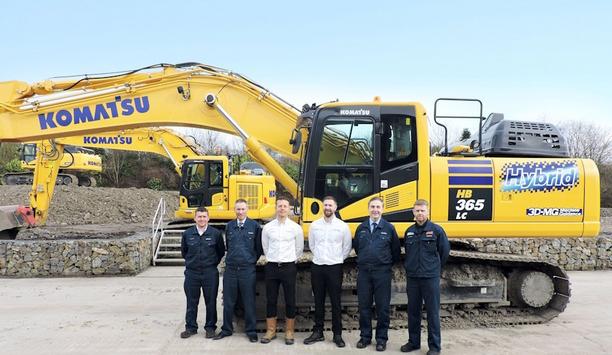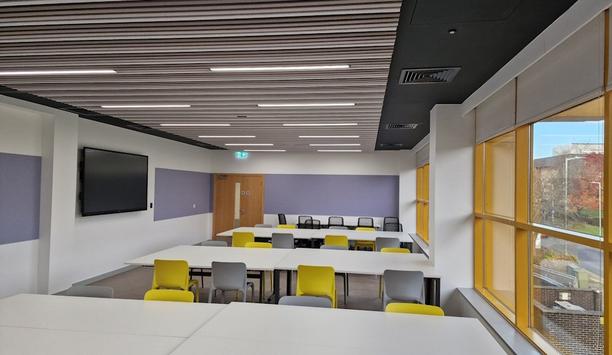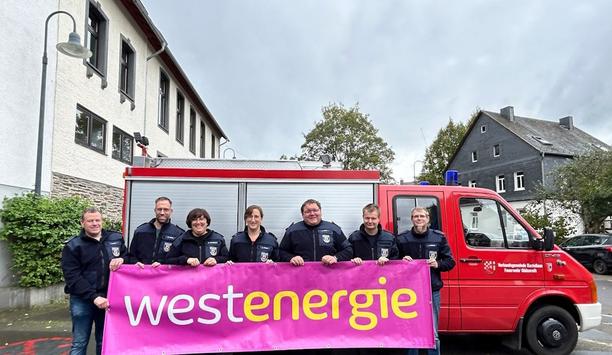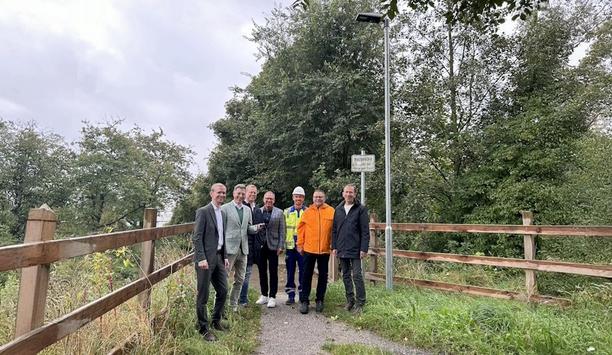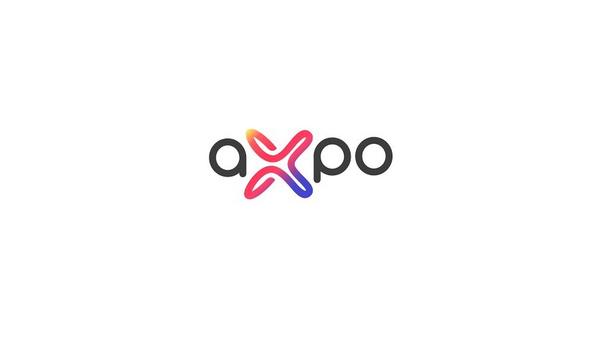Niederbarnimer Eisenbahn (NEB) and Siemens Mobility have just ushered in the age of zero-emission rail transport in Berlin and Brandenburg with a special trip by the Mireo Plus H hydrogen-powered train from Basdorf to Berlin Charlottenburg via the Berlin Stadtbahn.
Gathering with representatives of the federal states and the Verkehrsverbund Berlin-Brandenburg (VBB) at the Basdorf station, they jointly pressed the start button to inaugurate the age of climate-friendly drive systems, presenting the Mireo Plus H for the Heidekrautbahn and the Mireo Plus B battery train for the East Brandenburg network.
Hydrogen multiple units
Uwe Schüler, State Secretary at the Brandenburg Ministry of Infrastructure and Regional Planning, emphasizes: “Around 73 percent of regional transport in Berlin and Brandenburg currently runs on climate-friendly electricity via overhead lines. The states of Berlin and Brandenburg and the VBB have set themselves the goal of making all remaining non-electrified routes independent of fossil fuels by 2037.”
“To ensure that local public transport remains the most climate-friendly form of motorized mobility, rail transport is to become diesel-free. We are reaching an important milestone on the way to achieving this today. Not every route needs to be equipped with an overhead line throughout. For battery-powered multiple units, it is sufficient to electrify sections of the line; for hydrogen multiple units, a refueling station that is regularly supplied with hydrogen is sufficient. With the climate-friendly hydrogen trains and battery trains, we are a big step closer to the goal of emission-free drives. The use of battery-electric trains alone will result in around 4.4 million fewer liters of diesel being consumed on the East Brandenburg network each year.”
Commissioned transport services
Ute Bonde, Senator for Mobility, Transport, Climate Protection and the Environment: “Instead of using diesel vehicles on routes without overhead lines as in the past, the states of Berlin and Brandenburg, together with the VBB, have commissioned transport services with innovative drive concepts in order to make public transport even more environmentally friendly.”
“I am delighted that passengers on the Heidekrautbahn and Ostbrandenburg networks will have access to modern vehicles with high-quality equipment in the future. The planned service expansions will allow us to offer people in the capital region more train connections and thus take the transport transition a step further.”
Combating climate change
“We are facing exciting as well as challenging times with the introduction of two new types of drives,” commented Detlef Bröcker, CEO of NEB Betriebsgesellschaft, during the presentation of the new trains. “At the same time, we are looking forward to boosting regional rail transport and supporting the region by using environmentally friendly trains and helping to advance the transport transition by enhancing passenger service and comfort.”
"Together with NEB, we are delighted to present our climate-friendly and sustainable trains powered by hydrogen and battery drives for service in the Berlin and Brandenburg region,” said Albrecht Neumann, CEO Rolling Stock at Siemens Mobility. “The Mireo Plus B and Mireo Plus H trains combine innovation and sustainability in places where electrification of the rail line is not possible or not economical. This will enable us to make a significant contribution to combating climate change.”
Achieving sustainable mobility
Martin Fuchs, Managing Director of Verkehrsverbund Berlin-Brandenburg (VBB): “It is our goal to operate 100% emission-free rail transport throughout the entire regional network by 2037. With the start of operations in the East Brandenburg network and on the Heidekrautbahn at the end of this year and with the use of battery-electric & hydrogen trains, we are getting a lot closer to this step. While we will still have 26 per cent diesel-powered trains in the VBB in 2024, this will be reduced to 15 per cent by 2025. I am optimistic that we will achieve our goal despite the challenges in procuring new vehicles.”
This shift will mark a significant milestone toward achieving sustainable mobility
Starting with the scheduled timetable change in December 2024, both rail fleets will gradually and completely replace the old diesel-powered trains on almost all lines on the Heidekrautbahn and East Brandenburg rail networks. This shift will mark a significant milestone toward achieving sustainable mobility. These replacements will increase the share of electric drives used in regional rail transport in Brandenburg and Berlin to 85 percent.
Energy-efficient components
Mireo Plus H and Mireo Plus B: A technological conversion in Brandenburg’s regional passenger transport
The Mireo Plus H and the Mireo Plus B are state-of-the-art trains operating with drives powered by fuel cells and batteries respectively, and utilize a traction system with a high drive power of 1.7 MW for accelerating up to 1.1 m/s2 and reaching an authorized top speed of 140 km/h. The Mireo Plus H and Plus B trains are designed to be energy-saving and environmentally friendly. Their welded lightweight aluminum unibody, improved aerodynamics, energy-efficient components, and intelligent on-board power supply management help reduce emissions and the use of resources.
Annual CO2 emissions
The Mireo Plus H hydrogen train can run up to roughly 1,000 kilometers on one tank of fuel, and the battery trains can cover up to 120 kilometers operating on batteries alone.
The Mireo Plus H hydrogen train can run up to roughly 1,000 kilometers on one tank of fuel
In 2021 and 2022, NEB ordered a total of 38 Mireo trains with these alternative, environmentally friendly drive systems from Siemens Mobility. This will be the first time that battery or hydrogen-powered trains will be used in regular VBB service in Brandenburg and Berlin. The switch from diesel to hydrogen and batteries will reduce annual CO2 emissions by around 14.5 million kilos and save roughly 5.5 million liters of diesel.
Regular passenger service
In addition to the comfort and convenience provided by the modern trains, passengers can look forward to further amenities beginning in December 2024: all trains will be equipped with Wi-Fi service and also offer access to an infotainment portal. And for many of the lines, the new trains will also provide a noticeable increase in seating capacities. Moreover, a new passenger guidance system in the cars will ease boarding and alighting, speeding up passenger changes. The scheduled timetable change on December 15 will not only see the new trains enter daily service, but there will also be more frequent service on some lines or more trains operating in the mornings and evenings.
Those interested will have an opportunity to see the Mireo Plus H hydrogen train running on Berlin’s Stadtbahn system this week as it makes presentation rides without regular passenger service as part of the InnoTrans transport technology trade fair.


